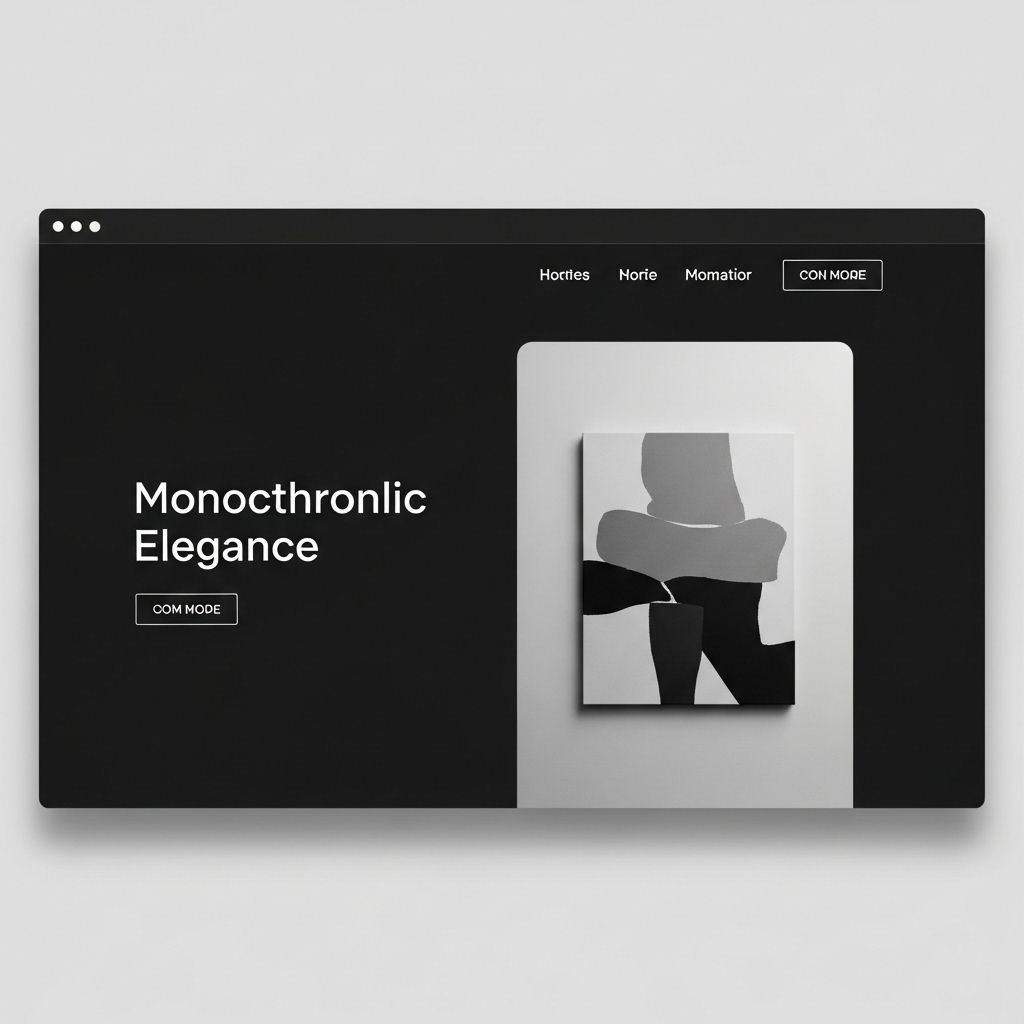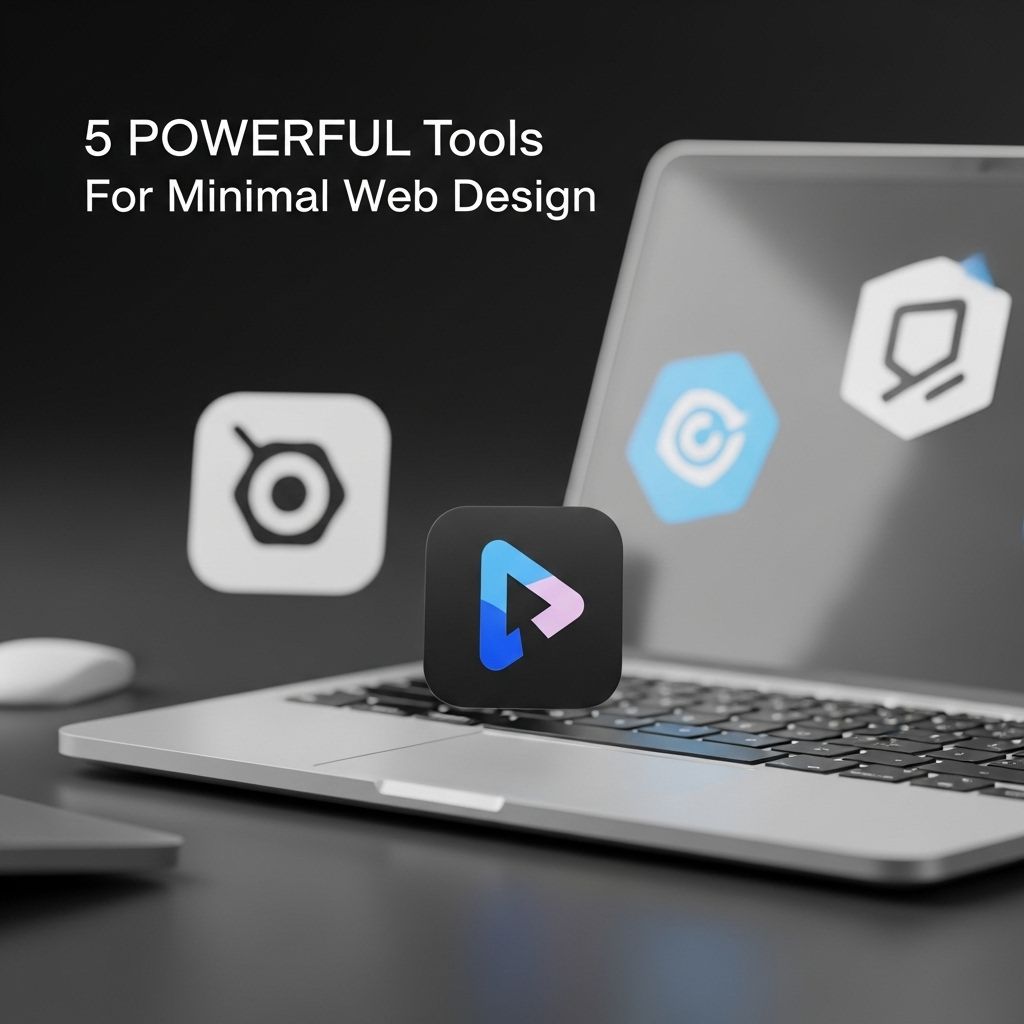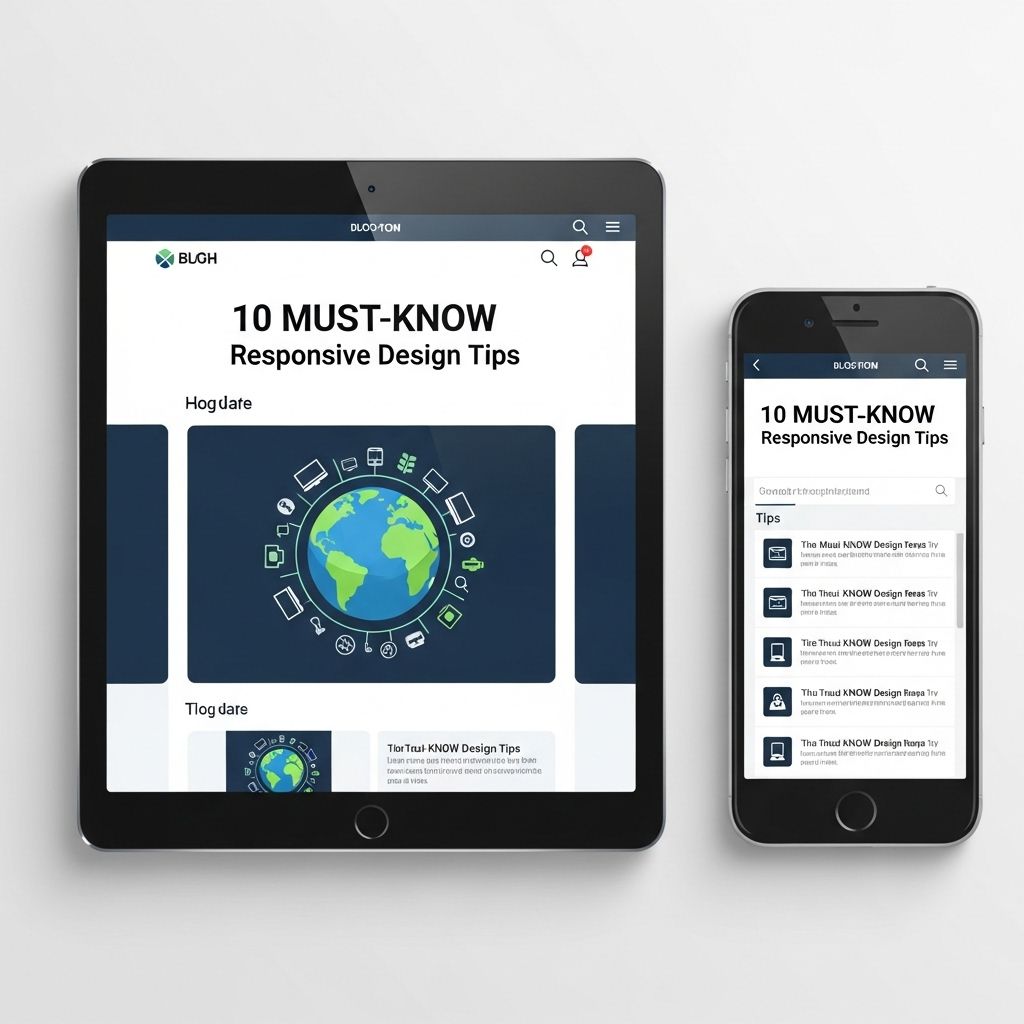As we move towards 2025, the digital landscape continues to evolve, introducing new technologies and design philosophies. One trend that remains steadfast is minimalism in website design. Minimalist design emphasizes clean lines, simplicity, and functionality, making it an attractive choice for both users and designers. In this article, we will explore ten exciting minimal website design ideas that will shape the future of web aesthetics and user experience.
1. Emphasis on White Space
White space, or negative space, is a fundamental aspect of minimal design. It allows elements on a page to breathe and enhances readability. In 2025, expect to see:
- Larger margins and padding around content.
- Strategic use of white space to guide user focus.
- More single-column layouts that utilize vertical space.
Benefits of White Space
- Improved readability and comprehension.
- Enhanced visual hierarchy.
- Reduced cognitive load for users.
2. Bold Typography
Typography is a powerful tool in minimal design. In the upcoming years, bold and unique typefaces will take center stage. Here’s what to anticipate:
- Large headline fonts that capture attention.
- Contrasting typefaces for emphasis and readability.
- Custom fonts that reflect brand identity.
Choosing the Right Font
When selecting fonts for a minimalist design, consider the following:
| Font Type | Best For |
|---|---|
| Serif | Traditional and reliable brands |
| Sans-serif | Modern and clean aesthetics |
| Display | Unique branding and titles |
3. Microinteractions
Microinteractions are subtle animations and design elements that enhance user engagement without overwhelming them. In 2025, we can expect:
- Subtle hover effects that provide feedback.
- Microanimations that guide transitions between states.
- Progress indicators for loading screens that maintain user interest.
Implementing Microinteractions
To effectively integrate microinteractions:
- Use them sparingly to avoid distraction.
- Ensure they serve a functional purpose.
- Test them for responsiveness and fluidity.
4. Asymmetrical Layouts
Breaking the grid can create a dynamic visual experience. Asymmetrical layouts, while still minimalistic, add intrigue. Key trends include:
- Uneven grids for a creative touch.
- Overlapping elements to create depth.
- Layered images and text to maintain clarity.
Tips for Using Asymmetry
While designing asymmetrically, keep in mind:
- Balance is still important; ensure elements feel cohesive.
- Use color and contrast to highlight key areas.
- Avoid cluttering the layout with too many competing elements.
5. Vibrant Color Palettes
Minimalist designs don’t have to be monochrome. In 2025, we’ll see more vibrant color palettes being strategically integrated. Expect:
- Accent colors that draw attention to calls-to-action.
- Gradients and duotones that enhance visual appeal.
- Color blocking for distinct sections without clutter.
Choosing Colors Wisely
For an effective color scheme:
| Color Scheme | Usage |
|---|---|
| Complementary | Boosts contrast and visibility |
| Analogous | Creates harmony and comfort |
| Monochromatic | Offers a sophisticated look |
6. Interactive Storytelling
Websites will continue to harness the power of storytelling through interactive elements. Key ideas include:
- Scroll-triggered animations that reveal information.
- Interactive infographics that engage users.
- Experiential content that immerses users in narratives.
Creating Compelling Stories
To effectively implement storytelling:
- Define a clear narrative before designing elements.
- Utilize visuals and text to complement each other.
- Test user engagement and adjust based on feedback.
7. Minimal Navigation
Simplicity is key when it comes to navigation in minimalist designs. In 2025:
- Hamburger menus for mobile will become more refined.
- Sticky navigation bars for easy access to essential sections.
- Minimalist dropdowns that reduce clutter.
Enhancing Navigation
Best practices for navigation include:
| Method | Advantage |
|---|---|
| Sticky Menus | Accessibility across scrolling |
| Icon-Based Menus | Visual recognition and simplicity |
| Breadcrumbs | Improved user orientation |
8. Eco-friendly Design Elements
As sustainability becomes increasingly important, minimal designs will reflect eco-conscious choices. Look for:
- Use of organic shapes and natural imagery.
- Color schemes inspired by nature.
- Content that promotes environmental awareness.
Incorporating Sustainability
To embrace eco-friendly design:
- Highlight ethical practices of the brand.
- Use recycled materials for physical products.
- Promote digital minimalism and lower carbon footprints.
9. Seamless Mobile Experience
As mobile usage continues to rise, minimal designs will focus on seamless experiences across devices. Key trends include:
- Responsive layouts that adapt effortlessly.
- Touch-friendly interfaces with larger clickable areas.
- Fast loading times to enhance user satisfaction.
Optimizing for Mobile
To ensure a smooth mobile experience:
- Test interfaces on multiple devices and screen sizes.
- Prioritize essential content for mobile views.
- Reduce image sizes without sacrificing quality.
10. Data Visualization
Finally, as more data becomes accessible, the need for effective data visualization will grow. Minimalist data presentations will include:
- Clean charts with a focus on key metrics.
- Infographics that simplify complex information.
- Interactive elements that allow users to explore data.
Effective Data Visualization Techniques
To effectively visualize data:
| Technique | Description |
|---|---|
| Bar Charts | Comparative value representation |
| Line Graphs | Trend over time visualization |
| Heat Maps | Intensity of data representation |
In conclusion, as we approach 2025, these ten minimalist website design ideas are set to be influential in shaping user experiences across the web. By incorporating these trends, designers can create engaging, functional, and aesthetically pleasing websites that resonate with audiences worldwide.
FAQ
What are minimal website design ideas?
Minimal website design ideas focus on simplicity, using fewer elements to create a clean and effective user experience. These designs emphasize functionality and aesthetics by reducing clutter and highlighting essential content.
Why is minimalism important in web design?
Minimalism in web design is important because it enhances user experience by making navigation easier, reduces load times, and helps in conveying messages more effectively. It allows users to focus on the content without distractions.
What color schemes work best for minimal website designs?
For minimal website designs, neutral color schemes like white, gray, and black are popular. Accent colors can be used sparingly to highlight important elements, creating a visually appealing contrast without overwhelming users.
How can typography enhance a minimal website design?
Typography plays a crucial role in minimal website design by providing clarity and hierarchy. Using clean, modern fonts can help convey the brand’s message while maintaining a sophisticated aesthetic.
What are some examples of minimal website features?
Examples of minimal website features include ample white space, large images, straightforward navigation menus, and limited text. These elements work together to create a seamless user experience.
How can I ensure my minimal website is mobile-friendly?
To ensure your minimal website is mobile-friendly, use responsive design techniques, optimize images for faster loading, and maintain simple navigation that is easy to use on smaller screens.




